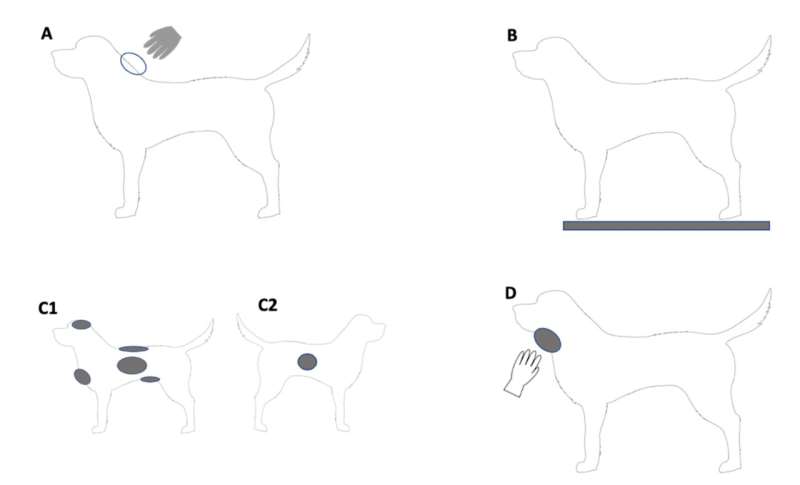This article has been reviewed according to Science X's editorial process and policies. Editors have highlighted the following attributes while ensuring the content's credibility:
fact-checked
peer-reviewed publication
trusted source
proofread
DNA evidence on dogs can help track down offenders

Canines are often used in tracking down criminals but forensic science researchers say they could also help provide crucial evidence in police investigations—by being a witness or resident at the crime scene.
The new Australian study, by researchers in Victorian and South Australia, expands the opportunities for DNA to assist investigations of criminal activities by expanding knowledge about the presence and transfer of human DNA on pets such as cats and dogs.
Flinders University researcher Heidi Monkman in collaboration with Roland van Ooorschot from the Victoria Police Forensic Services Department and Bianca Szkuta from Deakin University collected human DNA from 20 pet dogs of various breeds from multiple households.
This preliminary study conducted at Deakin showed that human DNA can be retrieved from all areas of the dogs that were sampled, although some areas consistently provided more DNA than others, such as the head and back.
"This study demonstrated that human DNA can be transferred to dogs upon contact by a person's hand and that it can be transferred from dogs to a contacting surface, such as during patting and walking," says first author Heidi Monkman, from Flinders University's College of Science and Engineering.
"This information may assist those investigating criminal acts in which dogs are involved to consider situations in which it may be useful to sample for human DNA from a dog."
"It also showed that investigators may need to consider dogs as a vector for indirect transfer of human DNA within particular scenarios."
In addition to the dog owner(s), and people living in the same household, the study also found DNA from unknown sources, which required further investigation.
Animals in domestic environments could be a victim, offender, or innocent party associated with a crime however we have very limited knowledge of human DNA transfer, persistence, prevalence and recovery (DNA TPPR) associated with domestic animals, the researchers say.
Further work on the transfer of human DNA to and from companion animals is being conducted at Flinders University to build more understanding and provide data that will assist forensic investigators and legal arbiters.
The article, "Presence of Human DNA on Household Dogs and Its Bi-Directional Transfer," has been published in Genes.
More information: Heidi Monkman et al, Presence of Human DNA on Household Dogs and Its Bi-Directional Transfer, Genes (2023). DOI: 10.3390/genes14071486
Journal information: Genes
Provided by Flinders University





















